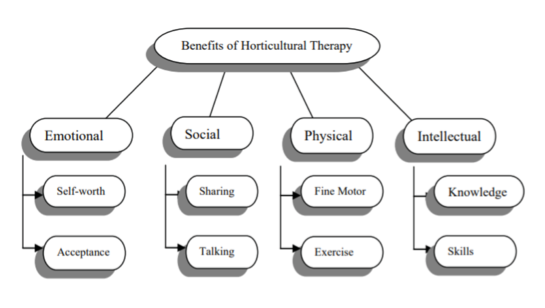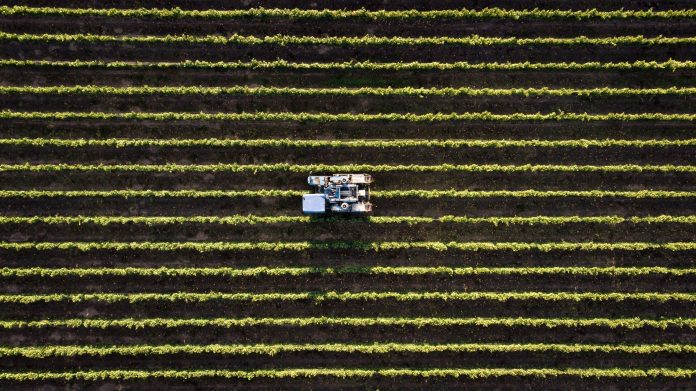This brief article will examine the inclusion of young disabled people in the world of work and, more specifically, their employment in agriculture. I intend to describe the economic and social benefits of employing persons with disabilities and a few practices for effective management of a disabled workforce.
On the macroeconomic level, various studies have sought to investigate and calculate the value of the economic losses arising from the exclusion of disabled people from the labor market. In 2009, in a study conducted for the International Labour Office, Buckup calculated the cost of exclusion using a formula that takes into account the following three elements: the gap between actual and potential productivity of people with impairments due to a disabling environment, the high unemployment rate of disabled people compared to people without disabilities, and the long term inactivity on the labor market that characterizes people with disabilities. (1) All the countries analyzed in the study showed economic losses derived from excluding disabled people from the labor market or from an inappropriate work environment that resulted in reduced productivity.
On the microeconomic level, the benefits of employing young disabled people in agriculture go in two directions. On the one hand, employers can intensely benefit from including disabled people in their workforce. According to a recent systematic review, organizations gain profitability, competitive advantage, inclusive work culture, and ability awareness. (2) On the other hand, disabled people can benefit from employment in the agricultural sector because of the elements that horticultural activities bring to the individual: action as physical exercise when cultivating plants, interaction as a social exchange with the other coworkers and reaction as an innate response of human beings to nature. More specifically, according to Relf’s model of horticultural therapy (3) shown below, disabled people can benefit from farming on different levels: emotional, social, physical, and intellectual. (4) Combining farm activities and care for people with impairments is indeed becoming more popular in Europe. Care farms not only include disabled people in their staff, but they build most of the farming activities around their physical and mental benefits.

Misconceptions about disability are deeply-rooted in our society and can also settle in disabled people themselves. Therefore, companies and organizations should actively promote jobs among young people with disabilities because it can be harder for them to break the barriers of society. (5) But how to manage a disabled workforce? Employers should eliminate any manager bias and disability misconception. Secondly, they should provide staff training to current employees to avoid perceptions of unfairness by nondisabled. (6) Also, managers should find an agency able to recruit young qualified disabled people for the open positions in the company and guarantee a fair recruitment process. Finally, employers and staff should organize a non-disabling workplace accommodation. (7)
The inclusion of young people with disabilities into the world of work requires a joint effort. Quota schemes and government policies should not be the main reasons behind hiring disabled people. The substantial economic and social advantages and the cost of exclusion teach us how the employment of people with impairments comes down to individual responsibility, social identity and good business sense.
Notes:
(1) Buckup, S. (2009). The price of exclusion: the economic consequences of excluding people with disabilities from the world of work (Employment working paper; no.43). Retrieved from International Labour Organization website: http://www.ilo.org/wcmsp5/groups/public/—ed_emp/— ifp_skills/documents/publication/wcms_119305.pdf
(2) Lindsay, S., Cagliostro, E., Albarico, M., Mortaji, N., Karon, L. (2018). A systematic review of the benefits of hiring people with disabilities. Journal of Occupational Rehabilitation, 28.
(3) Relf, P.D., 1973. Horticulture: a therapeutic tool. Journal of Rehabilitation, 39 (1), 27-29.
(4) Hassink, J., & Van Dijk, M. (2006). Theoretical models for research and program development in agriculture and health care. In Farming for health: green-care farming across Europe and the United States of America (2006 ed., p. 2).
(5) World Health Organization. World Bank. (2011). World report on disability (Vol.377(9782)), Geneva, Switzerland: World Health Organization.
(6) Colella, A. (2001). Coworker distributive fairness judgments of the workplace accommodation of employees with disabilities. The Academy of Management Review, 26(1), 100-116.
(7) Bruyere, S. M., Erickson, W. A., & VanLooy, S. (2000). HR’s role in managing disability in the workplace. Employment relations today, 27(3), 47-66.


